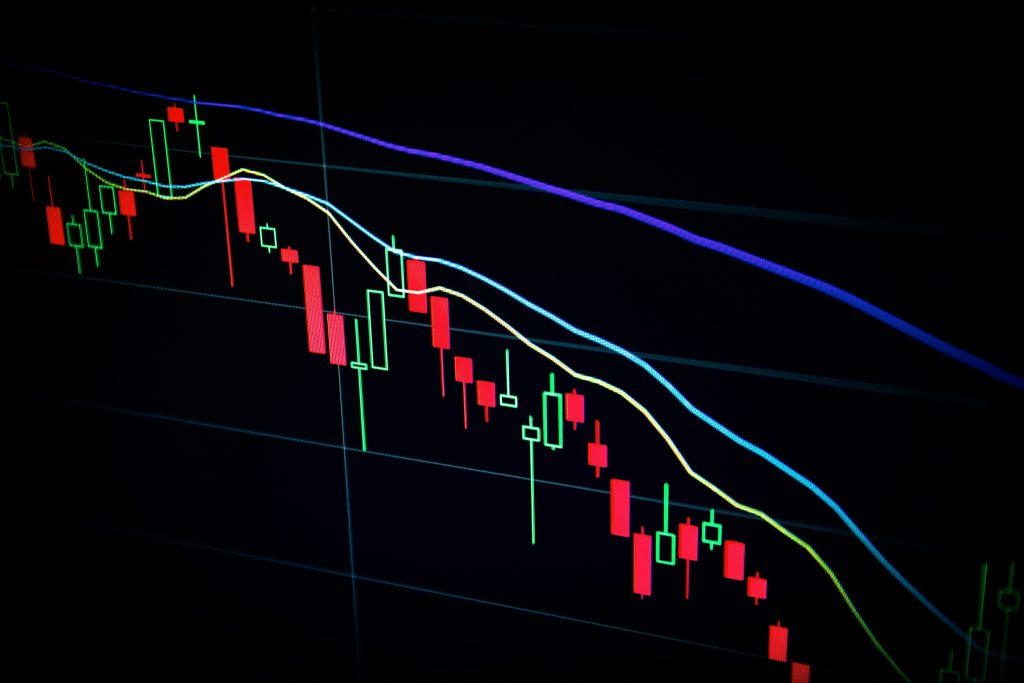Disappointing stock portfolios are more likely to perform well in the future, finds research from NEOMA Business School.
When stocks perform below expectations, measured by the difference between the return of the stock and the highest return that could have been attained in the same industry, they cause investors to feel regret, says Eser Arisoy, Professor of Finance at NEOMA and one of the study’s authors. They are then left with a choice: to sell the stock or hold on.
Most choose to sell, but the results of Arisoy’s analysis of stock prices over nearly 60 years and transactions from 78,000 American households between 1991-96 suggest this might be a mistake.
He finds evidence of a phenomenon called “regret premium”: the more an asset has caused regret, the better its subsequent performance.
“Our research shows that regret can paradoxically be an indicator of future gains. This is a discovery that challenges traditional investment strategies,” says Arisoy.
The researchers find this trend is separate from the well-known “risk premium” in the stock market, where riskier stocks can result in higher potential returns or losses.
Arisoy says the regret premium exists regardless of the risk level of stocks, and persists even after mathematically accounting for the fact that a lagging stock in a sector eventually catches up.
In short, the findings suggest “high regret” stocks often underperform before they shine.
According to Arisoy, those who wish to exploit these discoveries to target high regret premiums should focus on the stocks of recent small companies which are not closely followed by analysts and rarely held by institutional investors. However, shares in these firms may involve significant transaction costs, such as price impact, and there is uncertainty regarding when and how long it will take for any correction of mispricing in individual stocks to occur. This makes it difficult for retail investors to guarantee that they will be able to sell at an optimal price when the time comes.
This research has been published in the journal Management Science.
Featured Photo by Maxim Hopman on Unsplash.



